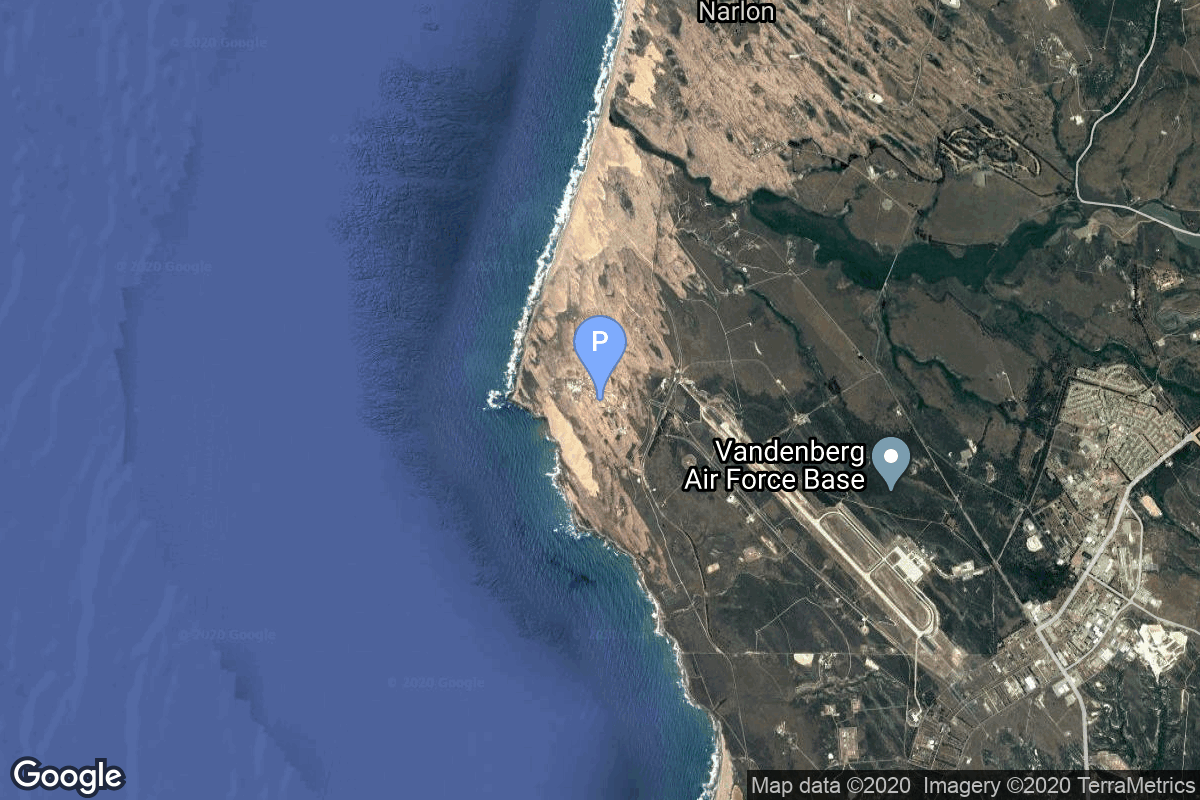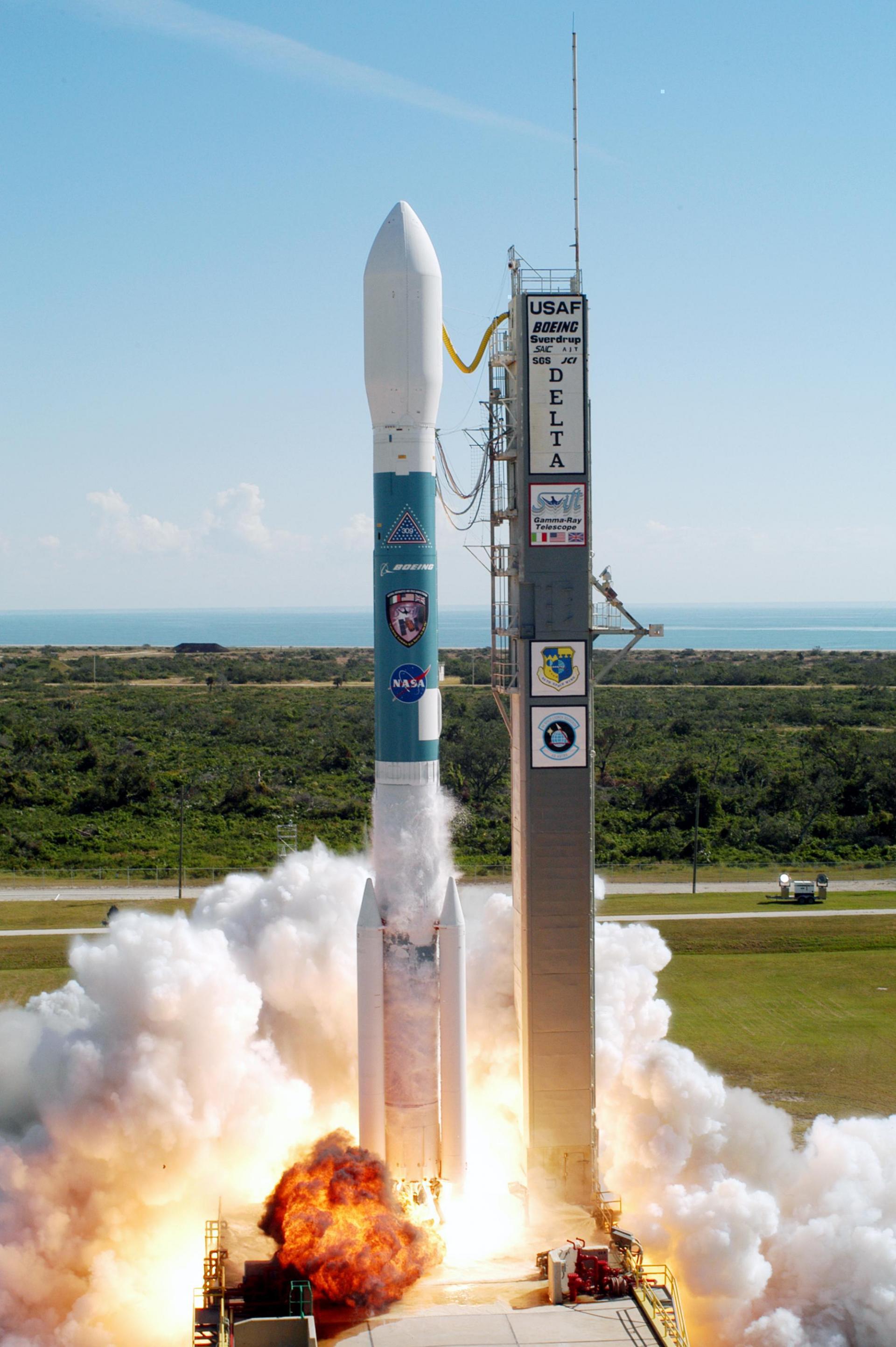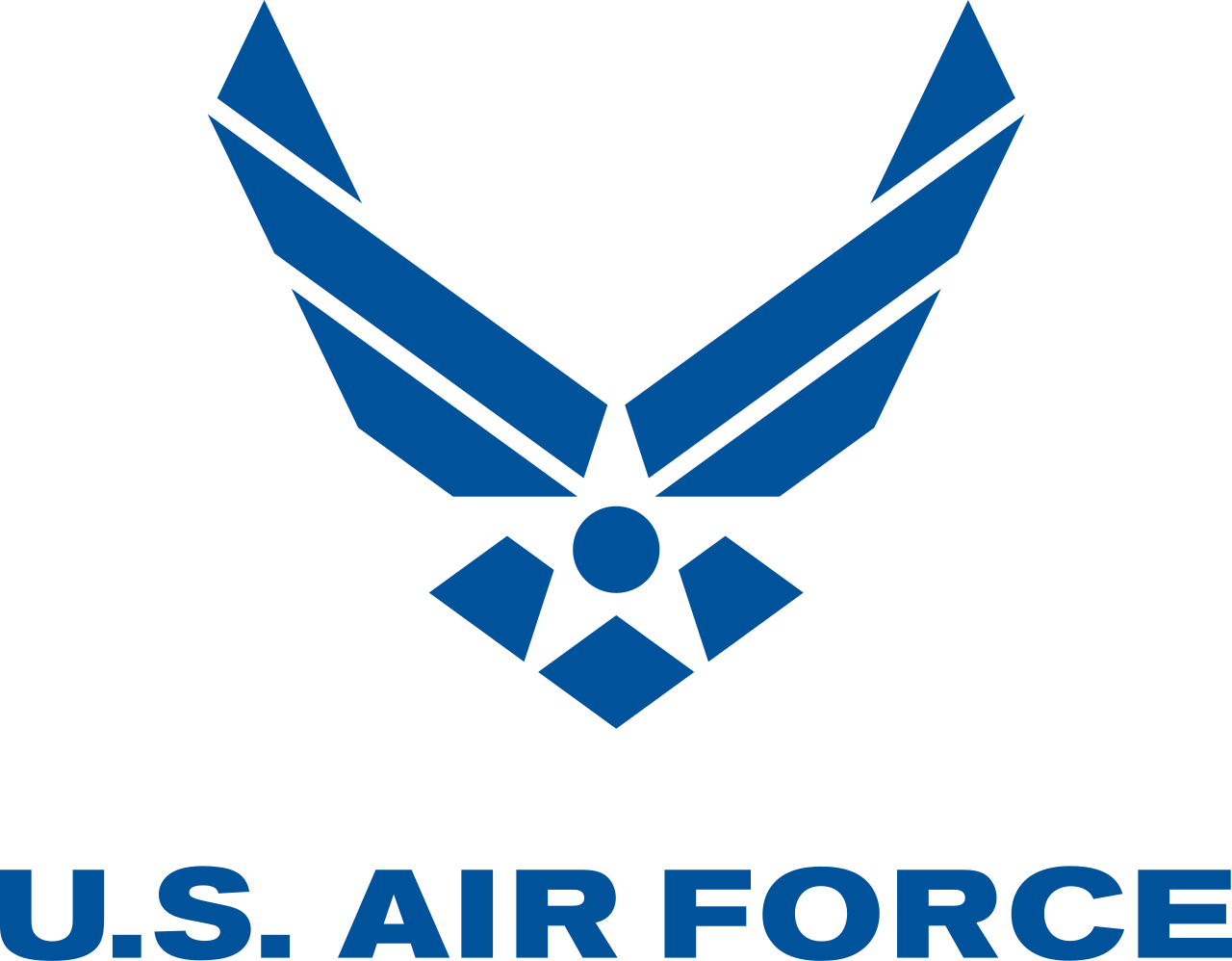NOAA 18
Delta II
United States Air Force
Mission
NOAA 18
- Type: Earth Science
- Orbit: Sun-Synchronous Orbit
- Launch Cost: $51,000,000
NOAA-18, known before launch as NOAA-N, is a weather forecasting satellite run by NOAA. NOAA-N (18) was launched on May 20, 2005, into a sun-synchronous orbit at an altitude of 854 km above the Earth, with an orbital period of 102 minutes. It hosts the AMSU-A, MHS, AVHRR, Space Environment Monitor SEM/2 instrument and High Resolution Infrared Radiation Sounder (HIRS) instruments, as well as the SBUV/2 ozone-monitoring instrument. It is the first NOAA POES satellite to use MHS in place of AMSU-B. NOAA-18 also hosts Cospas-Sarsat payloads.
Location
Space Launch Complex 2W
Vandenberg SFB, CA, USA
Space Launch Complex 2W has witnessed the launch of 96 rockets, including 96 orbital launch attempts, while Vandenberg SFB, CA, USA, has been the site for 749 rocket launches.
Rocket
United Launch Alliance Delta II 7320-10C
Delta II is an American space launch system developed by McDonnell Douglas, now part of the Delta rocket family operated by United Launch Alliance. With more than 150 missions and a nearly perfect track record, Delta II has established itself as one of the most successful orbital launch systems.
Agency
United States Air Force
The United States Air Force (USAF) is the air service branch of the United States Armed Forces, and is one of the eight uniformed services of the United States. Originally created on 1 August 1907, as a part of the United States Army Signal Corps, the USAF was established as a separate branch of the United States Armed Forces in 1947 with the enactment of the National Security Act of 1947.


